THINGYAN
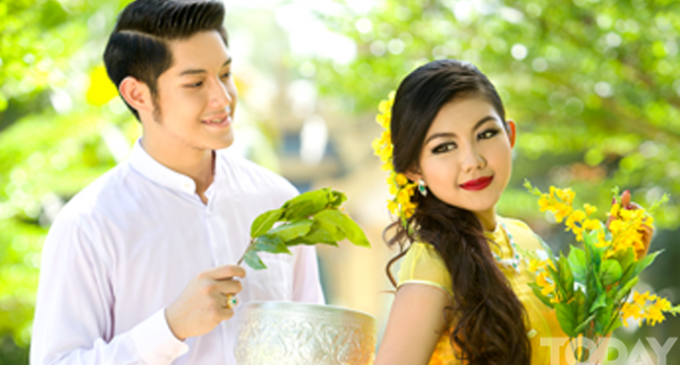
Thingyan, literally change, marks Myanmar New year, ie the old year changes to the new. At that time of every April 13-14 (mid-April) the traditional Water Festival is held. The run-up to Myanmar New Year consists of Akyo, Akya, Akyat and Atet days, but the second last of which will be doubled sometimes depending on the calendar. The Thingyan holding is the longest official holiday of importance to Myanmars. The audio and physi-cal symbols of Thingyan could be given as the playing of solo drum and the silver bowl of water with sprigs of Eugenia in it res-pectively. And the flowers of the gum-kino tree and Indian laburnum are indispensable during that period. Come Thingyan the boys are putting finishing touches to their fun pavilions while the girls are waiting eagerly to go out to be thoroughly drenched with water. Various types of vessels and devices are at play in splashing one another with water; the water squirt is a constant com-panion of most children. Chorus girls in uniform dress entertained the public, while antiphonal chants erupt from the boys now and then.
Apart from throwing water, the Thingyan could not be complete without the usual antics: friends brush one another with soot; some are forced to dance ape-like. The monlone yepaw, the inevitable snack of the festival, is really a small ball of sticky rice enveloping a small piece of jaggery. But the entertained has to take care that the ball does not contain some chilli which has been put in for fun. Most people try to have merit-making and merry-making balanced out. There is always a long list to do good: feeding all comers in charity; taking religious precepts; freeing fish and animals; entering temporary monkhood, chanting of the traditional proteetive verses at the end in each street of the neithbourhood; shampooing and washing the older persons accompanied by their manicure, etc, etc.
The Union with many ethnic groups is bound to have some different styles of holding the Thingyan.
Among them, the Rakhines’ is very captiva-ting in that boys and girls try to drench one another with water scooped out of their cere-monial wooden boats, let alone the melodious stairs of Rakhine music.
Rakhine Traditional Thingyan
Myanmar has many festivals of ethnic traditional culture, Rakhine New year/ Thingyan included. It usually has three parts: Grinding sandalwood into paste, washing Buddha image and pagoda, and splashing one another with water.
Grinding sandalwood into a paste
This singular custom is performed on Atet eve. At the youth’s fun pavilion the women grind various sandalwoods, including red sandalwood and bastard sandalwood, on a stone slab to get a fragrant paste. Meanwhile the men play music and dance for entertainment.
Washing Buddha images and pagoda
This elelbration takes place on Akyo day of Thingyan at the monastery of family’s patra-nage. A procession with women carrying cups of scented water on their heads and men as musical performers proceeds to the monastery. After taking five moral precepts adminstered by the abbot the women fetch water while the men clean the building. They pour water on Buddha images and sprinkle them with scented water. Afterwards the aged in the locality are given a birth and shampoo, to be followed by trimming of their fingernails and toenails. Finally they are paid obeisance and given pfferings.
Water Festival profer
At the designated pavilion lie long and narrow racing boats filled to the brin with water, with the girls standing ready on one side soon the boys making antiphobnal chants and performing arrive, to take their positions opposite the girls. Both sides have equal number of participants; naturally any boy would try to face the girl of his love interest. Each boy is provided with a paid and a small about. Firstly the boys ask the girls for water and the latter oblige. The boys first start throwing water on the girls to receive back a vigorpus response from the latter. The don’ts in their virtual contest are : no turning of force sideways; no downcast look; no brushing of face; and no losing of contact with the bowl. However, on account of being suffocated one may openly wash his/her face to intimate an admission of defeat.
When the groups of men willing to parti-cipate in throwing water are many they have to await their turn. Therefore in Rakhine Thin-gyan, the merry-making part is found to be preceded by meritorious deeds, like washing Buddha images and pagodas, giving care to the aged, etc. It speaks volumes for Rakhine’s religious conviction and generosity.
Composed by Saung Phyu
Ref : ရခိုင္ဌာနီ (ဒြါရာ၀တီ အရွင္ကုသလ)
./wp-content/uploads/2018/10/Emirate-Online-TDY.png)








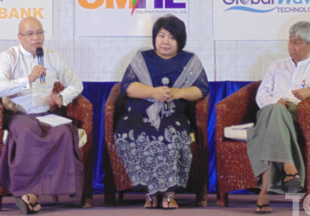

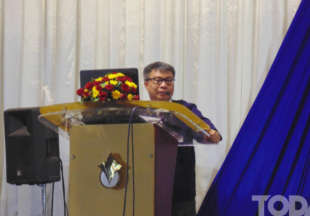
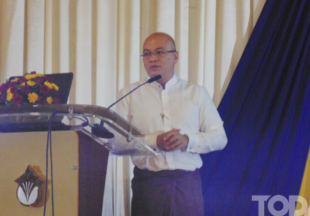

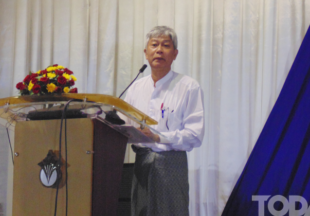
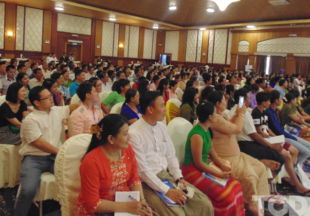
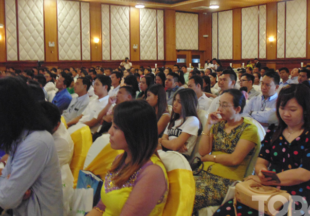

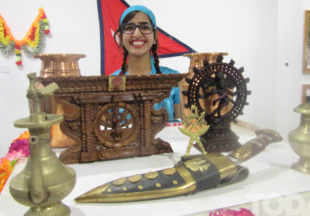
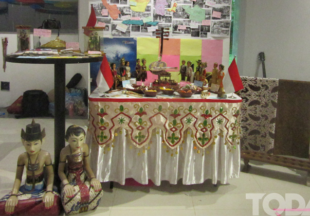
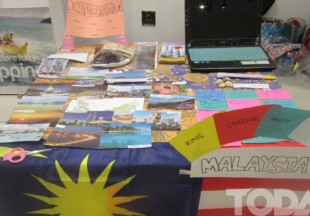
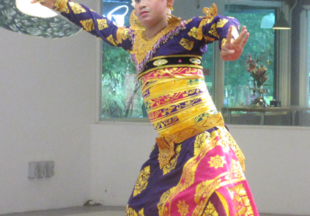
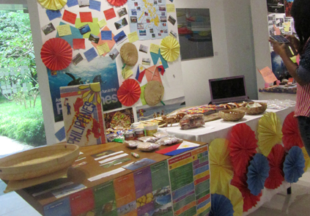
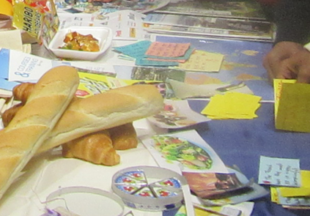

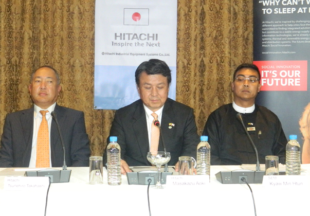
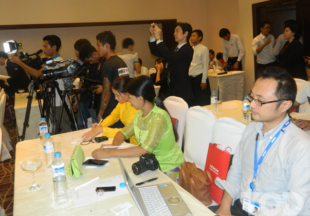
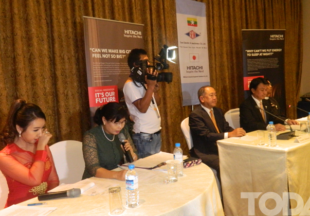









There are no comments at the moment, do you want to add one?
Write a comment